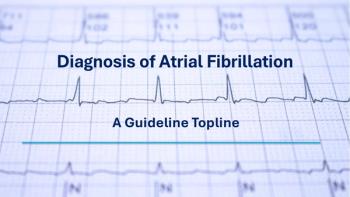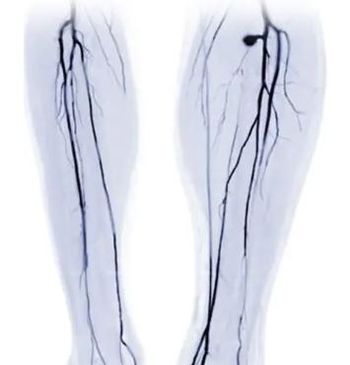
tPA Can Prevent Amputations in Frostbite
SALT LAKE CITY-- Amputations of frostbite-damaged fingers and toes can be prevented in some patients with the use of thrombolytic therapy within 24 hours of exposure, researchers here found.
SALT LAKE CITY, June 18 -- Amputations of frostbite-damaged fingers and toes can be prevented in some patients with the use of thrombolytic therapy within 24 hours of exposure, researchers here found.
Only 10% of patients with frostbitten fingers or toes who received tissue plasminogen activator (tPA) required amputation of necrotic digits, compared with 41% of patients who didn't get thrombolytic therapy, Jeffrey R. Saffle, M.D., of the University of Utah Health Center, and colleagues reported in the June issue of Archives of Surgery.
"A variety of maneuvers aimed at advancing the care of patients with frostbite have been attempted, including hyperbaric oxygen, surgical and medical sympathectomy, pharmaceutical agents, and anticoagulation. None of these have resulted in alterations in the management of this disorder," the researchers noted.
In contrast, they wrote, tissue plasminogen activator appears to reverse the thrombosis and thereby prevent the ischemia and necrosis that can occur with local inflammation and coagulation during thawing of frostbitten tissue.
The investigators conducted a retrospective review of patients treated in their institution's burn unit for severe frostbite from 2001 to 2006.
Seven patients who were admitted within 48 hours of injury underwent digital angiography and, if they were found to have abnormal perfusion, were treated with intra-arterial tPA, six of them within 24 hours.
Twenty-five other patients with frostbite who did not receive tPA when they were treated served as controls.
The primary study outcomes were the number and types of surgery, amputations of fingers and/or toes, and whether more proximal amputations (ray, transmetatarsal, or below-knee) were required. The authors also looked at length of stay, total costs, cost per involved digit, and cost per digit saved.
Of the 32 total patients identified, 19% had frostbitten hands, 62% had frostbitten feet, and 19% had involvement of both extremities.
Patients who received tPA required amputation of six of the 59 (10%) frostbite-injured digits, whereas controls lost 97 of 234 digits (41%); this difference was statistically significant (P<0.05).
Among controls, there were 14 proximal amputations (two ray, six transmetatarsal, one Syme, and five below the knee), compared with no proximal amputations beyond the digits required among tPA-treated patients.
The mean duration from the end of cold exposure to administration of tPA was 11.2 + 7.5 hours (range two to 23 hours). The average time to first angiography was 4.5 hours.
"Candidates for this therapy are patients who present with severe frostbite as suggested by full-thickness tissue involvement, hemorrhagic blisters, and abnormal perfusion on either angiogram or pyrophosphate scanning," the authors wrote.
"Initiation of therapy with 24 hours of rewarming also appears to be necessary. Exclusion criteria would include superficial frostbite, involvement of the tips of the distal phalanges, and contraindications to tPA, including concurrent trauma, neurological impairment, or recent surgery or hemorrhage."
The researchers acknowledged that their study was limited by its small size, retrospective design, and a lack of data on functional outcomes.
They also noted the possibility that patients who had received tPA might have improved without thrombolytic therapy, although all of the patients in this group had clinically and radiographically documented severe injury, whereas controls had varying degrees of severity, and the outcomes might therefore have been more likely to favor controls.
Newsletter
Enhance your clinical practice with the Patient Care newsletter, offering the latest evidence-based guidelines, diagnostic insights, and treatment strategies for primary care physicians.

























































































































































































































































































